[Series] Ulan Series
· Napoleon meets the Polish cavalry
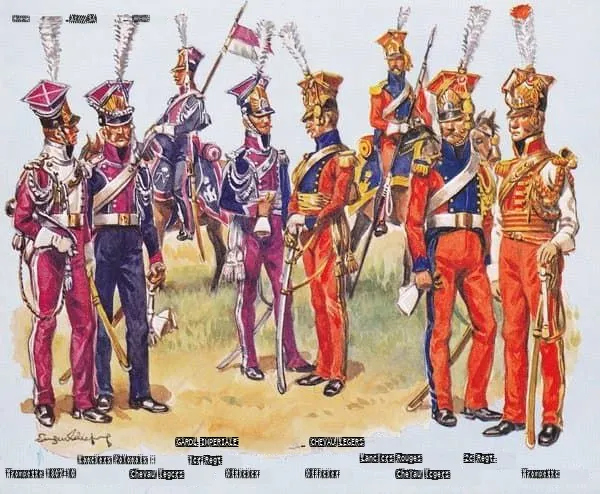
image text translation
HLrorsa
Atroy $A
081-082
GARDL IMPERIALE
CHEVAU-LEGERS
Lanciers Polonais ;
1cr Regt
Lancicrs Rouges
2c Regt.
Trompette 1807-10
Chevau-legcrs
Ofticicr
Officier
CheYau lcgers
Trompettc
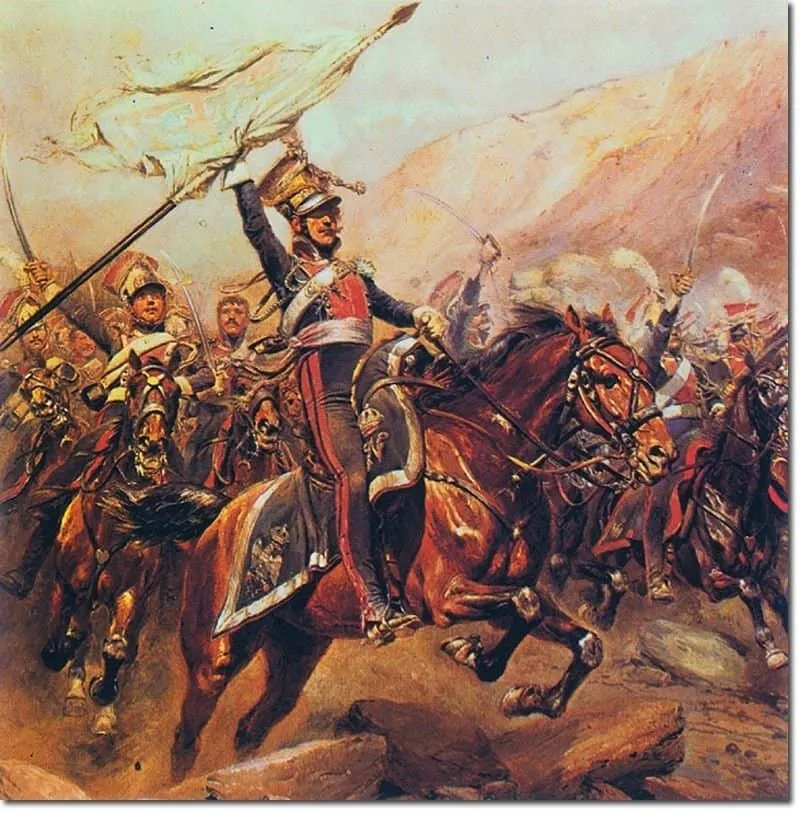
image text translation
The 1st Polish Lancers Regiment (1er Régiment de Chevau-Légers Lanciers Polonais), which was part of the French Imperial Guard, was born in 1807. The lancer was a class that specialized in large formations and large cavalry assaults, but the cavalry was a difficult weapon to use, requiring a high degree of skill. The Polish cavalry was evaluated as the strongest lancer force in Europe, handling cavalry lances freely.
Their cavalry charge in the somosierra across Spain in 1809 impressed the emperor how brave the Poles were. Thanks to this performance, the Polish cavalrymen, who were originally part of the Young Guard, the lowest part of the Imperial Guard, were promoted to the Old Guard at once, skipping the Middle Guard.
(Note: I passed because it was a famous anecdote that was widely known in Korea as well.)
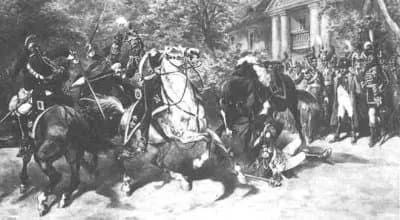
image text translation
Originally, Napoleon doubted the effectiveness of lancers. In his view, one cavalry was sufficient for close-quarters armament of cavalry. However, Col. Wincenty Krasiński, the commander of the Polish Lancers, continued to submit reports requesting formal provision of cavalry lances from the very beginning.
In 1809, after the Battle of Wagram, Napoleon, who had entered Vienna, was finally fed up and summoned Colonel Krasinski to Schloss Schönbrunn, which was used as his headquarters at the time, to prove how useful the cavalry was. Napoleon ordered a sparring match at the palace parade ground to see how well the lance cavalry could hold out in close combat compared to the sword cavalry.
The opponents were three members of the Empress’s Dragoons (Regiment de Dragons de l’Imperaticale), a member of the same Guard. Colonel Krasinski sent out Sgt Victor Roman, who had joined him.
The dragoons carried sabers and Sergeant Roman carried a spear. Although the long-reaching spear was an unfavorable match, Sergeant Roman knocked down two dragoons from their horses in just a few rounds in front of the emperor and disarmed the last one by taking his saber. was designated as an official supply item.
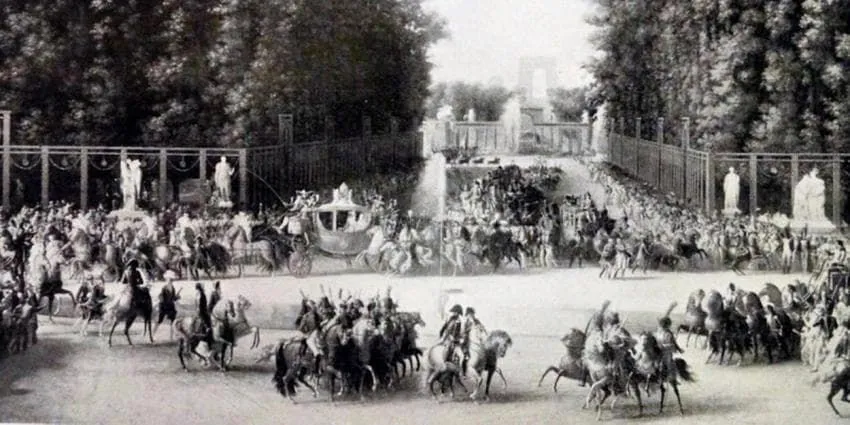
image text translation
In 1809, the emperor defeated the Austrian army at Wagram and entered into an arranged marriage with the Austrian princess Marie-Louise von Österreich. Napoleon first met Marie Louise in Compiègne and they were officially married in April 1810. The wedding celebration continued for three weeks until May. The emperor chose the Flanders region for his honeymoon out of consideration for his young Habsburg bride. It was also an old territory of the Habsburgs, and as the Kingdom of the Netherlands was annexed to the French Empire that year, it was chosen as a place for a royal residence.
The emperor and his wife enjoyed their honeymoon by traveling around Belgium and the Netherlands for about a year. Napoleon personally designated a Polish lancer regiment as the bodyguard for this honeymoon. The emperor’s procession, with the long, square hat (Rogatywka) escorted by 300 lancers, became a spectacle wherever it went. .
The Emperor was concerned that young Marie-Louise would get bored during the trip, so he ordered her to be provided with various attractions. Polish cavalrymen were mobilized to provide this entertainment. They had to act like clowns, such as holding a parade in front of the empress or demonstrating martial arts on horseback. However, for the Polish cavalrymen, who were exhausted from years of campaigning, this trip was like a sweet vacation.
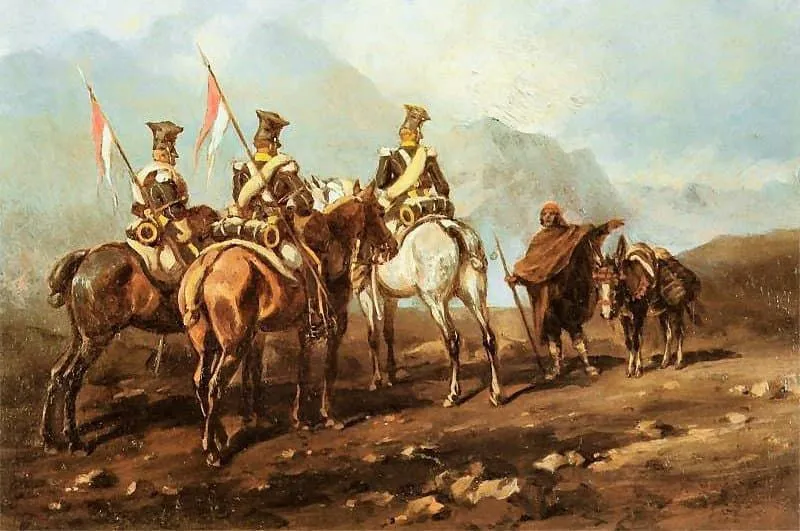
image text translation
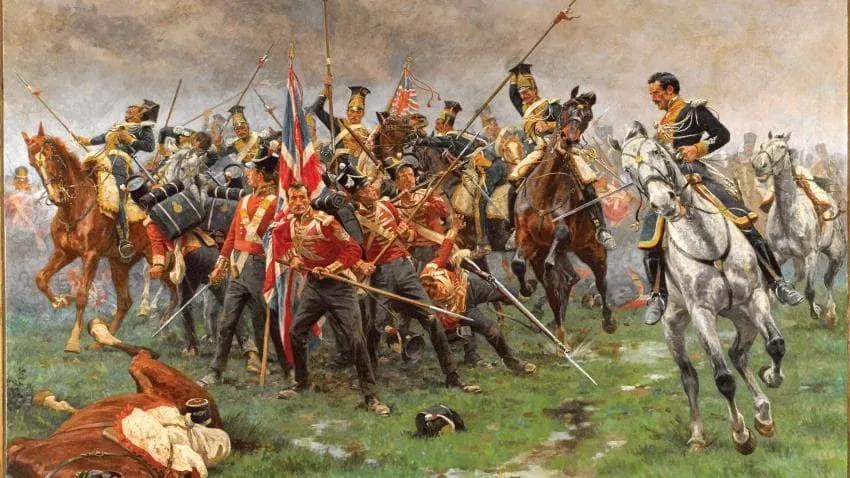
image text translation
But not all Polish cavalrymen were able to go on vacation. At that time, the Spanish campaign, where 400,000 French troops were deployed, was so exhausted that it sounded like a black hole sucking up troops. Napoleon even ordered that all remaining troops be sent to Iberia. Half of the 1st Lancer Regiment’s troops also had to go to Spain to fight against local guerrillas and the British army.
When the Spaniards saw the Poles hunting them down winding mountain paths with long spears pointed, they called them Picadores del Infierno (Picadors from Hell). The British army was also impressed by this after being robbed several times by Polish lancers. Later, the lancers were officially organized.
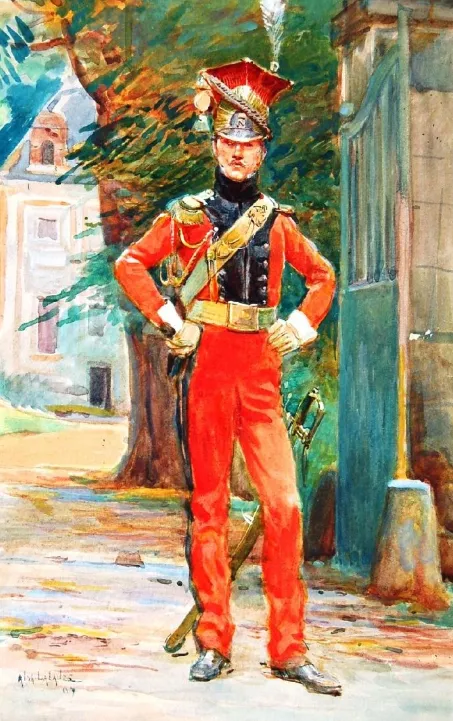
image text translation
plot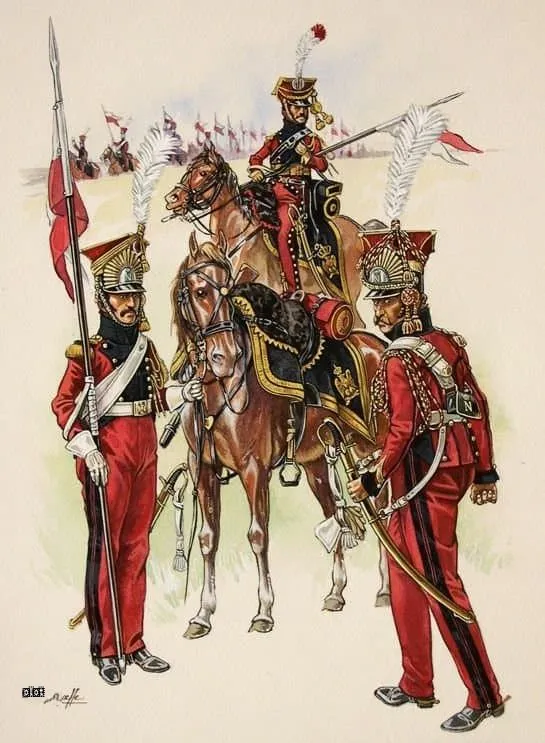
image text translation
During the trip, the emperor must have felt something when he saw the Polish lancers, and in 1810, during the ceremony to merge the cavalrymen of the former Dutch Royal Guard into the Imperial Guard, he ordered them to be armed with spears from now on and formed the 2nd Lancer Regiment (2e régiment de chevau- The unit was given the name “légers lanciers de la Garde impériale”. They were called the Red Lancers (Lanciers rouge) because they wore uniforms with red tops and bottoms.
However, since they were originally hussars, they were very clumsy with spears and had no combat experience, so their combat power was low compared to the Royal Guard. The Polish cavalry also quietly ignored them, saying they were not real lancers. The good news was that they were not deployed in combat like the Polish lancers, and all they did was stand guard at the Palace of Versailles. The Red Lancers provided a fascinating sight to many French people thanks to their eye-catching red uniforms.